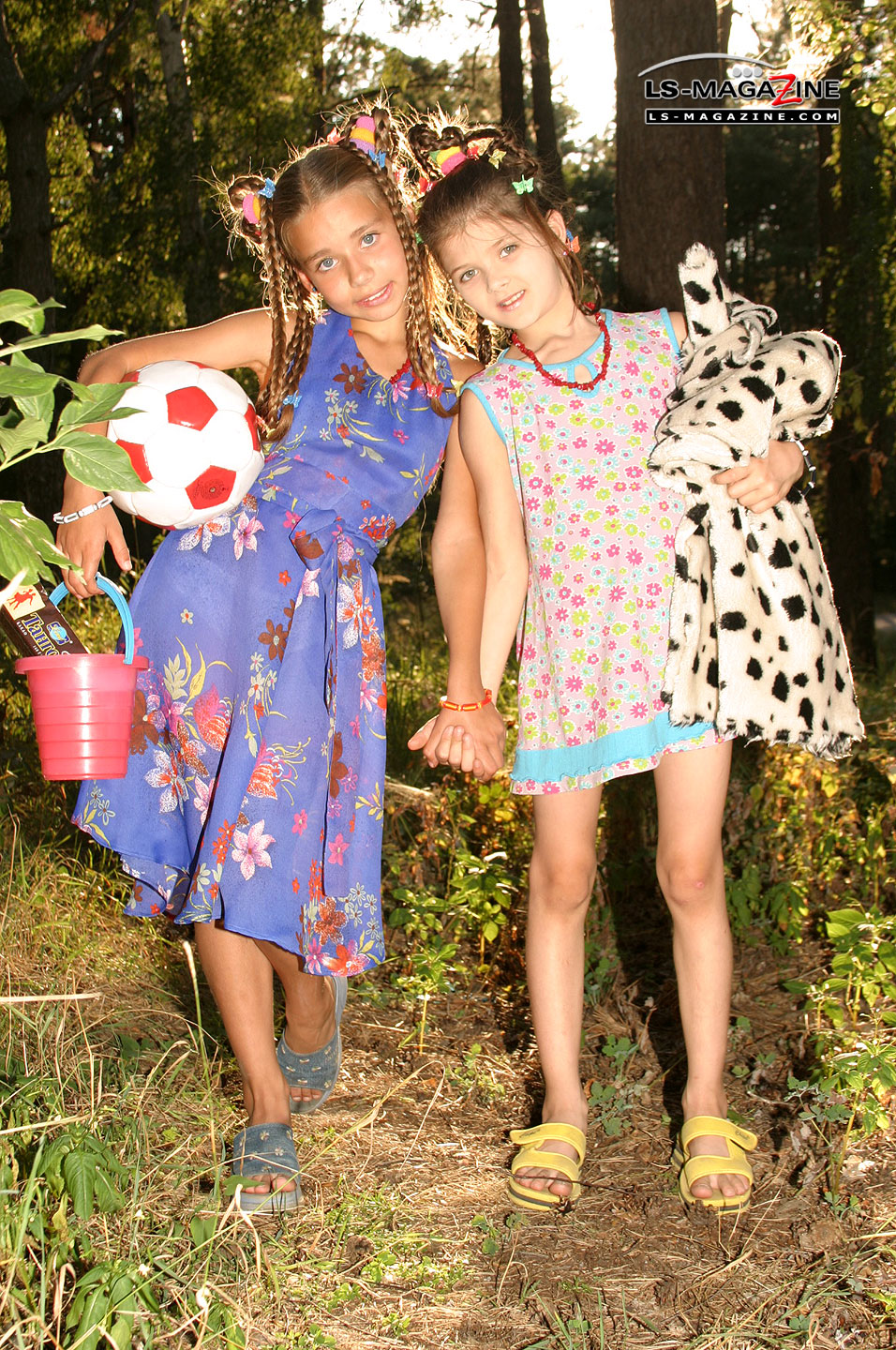

In turn, it’s important for artists to remember that there are limits to what you can ask of models. They hold poses for long, dreary hours, yet maintain alertness, all in the service of someone else’s art. Models allow artists to stare at them with an intensity that might merit a slap in the world outside the studio. Instead, embrace the change and look for the new visual interest the settled pose may reveal. Capturing that transience in your art is both the challenge and the reward of working from life, so don’t fight it and force them back into perfect posture. The model may shift a sore muscle, have thoughts that alter their facial expression, breathe, blink, or settle with fatigue.

This is normal and you should welcome it-after all, you’re depicting life, and nothing living is ever perfectly still. Models may prefer to tape themselves, so be sure to ask first.ĭespite their best efforts, it’s inevitable that the model’s pose will change as time passes. It’s not uncommon for a group of artists to disagree about where, exactly, the model’s hands were, or how their body was turned, and the tape can help settle the matter. The model can then use these markers to re-assume the original pose. Before the first break, place bits of tape on the furniture or floor beside key points, such as the side of the model’s arm against the chair, and the edges of their foot. Ask your model to take on the task of timing, so that you can immerse yourself in your work, without the distraction of watching a clock.įor poses that will be held for a long period of time, put down masking tape to help your model get back into the same position after breaks.

It’s standard to give the model a five-minute break every 20 to 30 minutes, depending on the difficulty of the pose. Remember that the act of sitting or standing still for a long period of time can cause a person to become cold, so be aware of the temperature of the room, and adjust it as needed. The model will take a pose that’s naturally comfortable for their body if they are at ease, you are more likely to be able to make a strong work of art. For example, you could ask for a seated pose on a certain chair and leave the exact positioning up to them. Often, you can find the best poses by setting some broad parameters for the model and letting them experiment. You’ll also learn which positions can’t be made comfortable through any means-something that’s best discovered before the work is underway. Simple measures such as a pillow for lumbar support or a sturdy box under a raised foot can transform a strained pose into a stable one. To avoid such problems, evaluate the pose with your model before you begin your artwork. Even sitting in an armchair can become uncomfortable, and an elegantly crossed leg may turn numb. It can take some time and collaboration to find a pose that is both interesting for you to draw, and comfortable for the model to hold. This approach takes some courage, but you may find that people are eager to be depicted in art. Anyone you meet is a potential subject you may even want to ask friends and acquaintances. If you’d prefer a clothed, or “draped,” model, your options are vast. They’ll be able to recommend reliable models who will pose nude. without clothing), it’s best to contact arts groups that host life-drawing classes. To find the right model, first determine the kinds of poses you’d like to work on. Taking the first steps toward finding and working with a model may be an intimidating prospect, but by learning some basic etiquette, you’ll navigate this time-honored relationship with ease. Indeed, if an artist wants to learn about the subtleties of color, tone, and anatomy, there is no substitute for such direct observation. Not even the advent of photography could replace the formative exercise of rendering a person from life. For centuries, artists have hired models in order to draw, paint, and sculpt the human form.


 0 kommentar(er)
0 kommentar(er)
